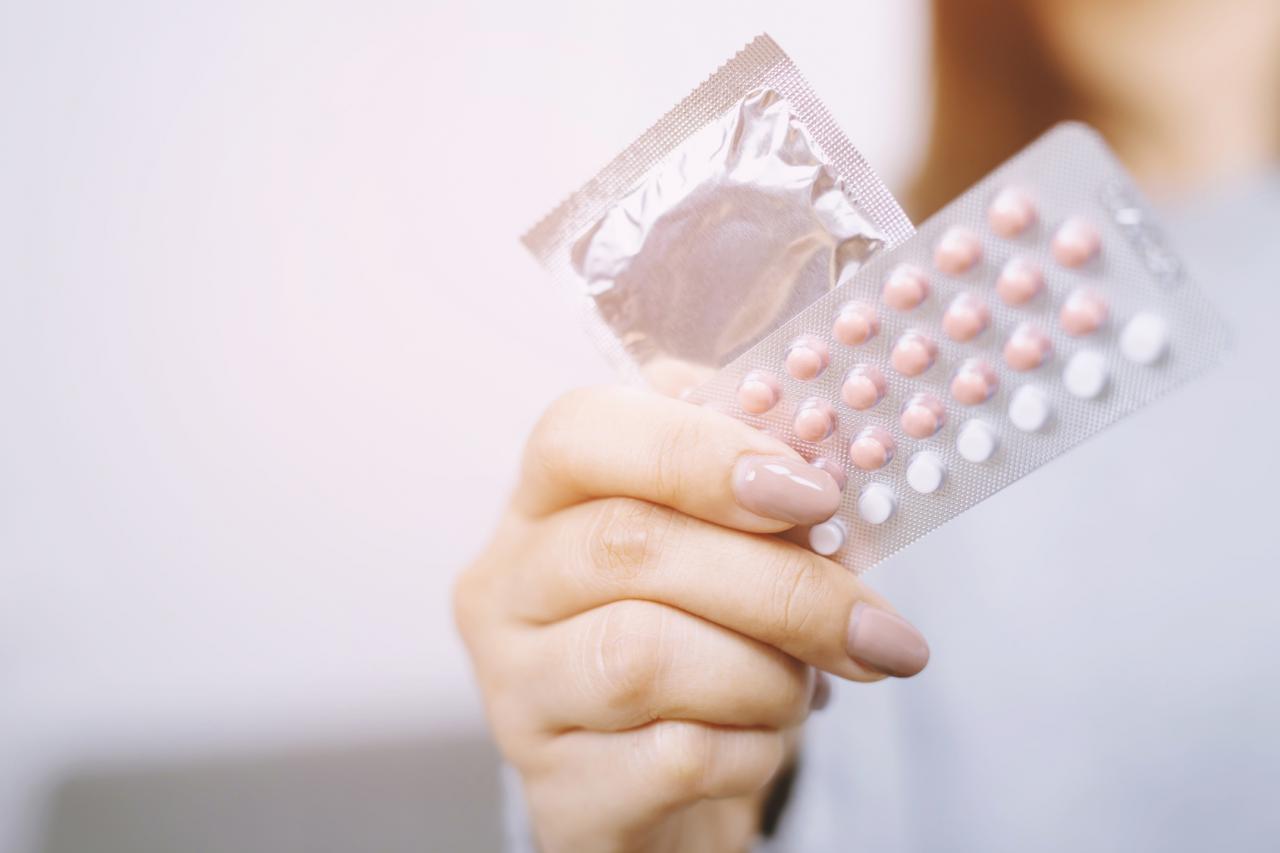Bacterial vaginosis is a condition that occurs when the balance of bacteria in a woman’s vagina is disrupted by a surge of certain harmful bacteria. The most common symptoms of bacterial vaginosis, also referred to as BV, include discharge, odor, pain, itching, or burning.
While the cause of BV is not completely understood, normally, the "good" bacteria (lactobacilli) greatly outnumber "harmful" bacteria (anaerobes). BV results when the harmful bacteria begin to outnumber the good bacteria.
Not much is known about how women get BV. However, some activities such as having a new sexual partner, having multiple sexual partners and/or douching, are thought to influence the normal balance of bacteria in the vagina, thereby putting women at increased risk.
Yet and still, the link between sexual activity and BV is somewhat tenuous, as women who have never had sexual intercourse may also be affected. In addition, while there are a lot of unknowns about how women get BV, experts agree that women do not get BV from toilet seats, bedding, swimming pools, or from touching objects around them.
Women with BV may experience symptoms such as an abnormal vaginal discharge with an unpleasant, fishy odor, especially after intercourse. Women with BV may also have a discharge, which is usually thin and white or gray.
Women with BV sometimes experience burning during urination and/or itching around the outside of the vagina. Nonetheless, the majority of women diagnosed with BV report no symptoms at all. Oftentimes, women who have treated themselves with an over-the-counter anti-yeast medication for a persistent yeast infection may, in fact, have BV.
While BV isn’t characterized by causing complications, there are some serious risks from BV, which include, but are not limited to, an increase in susceptibility to STDs such as HIV, herpes simplex virus, chlamydia and gonorrhea, as well as an increased risk of infection following reproductive surgery (e.g., hysterectomy, abortion).
In addition, women who have BV during their pregnancy may have an increased risk for some complications of pregnancy. Pregnant women with BV are more likely to have premature or low-birthweight babies.
The bacteria that cause BV can infect the womb and/or fallopian tubes, potentially leading to pelvic inflammatory disease (PID). PID can cause infertility or damage the fallopian tubes enough to increase the future risk of ectopic pregnancy and infertility.
Diagnosis of BV is simple. After examining the vagina for signs of BV and performing laboratory tests on a sample of vaginal fluid, the health care provider looks for bacteria associated with BV.
To help your doctor identify the signs of BV or other infections, it’s best to schedule an exam when you do not have your menstrual period. Refrain from douching, using vaginal deodorant sprays, having sex or putting objects in your vagina for at least 24 hours prior to your appointment.
Sometimes BV heals without treatment. However, women with symptoms of BV, especially pregnant women, are encouraged to get treatment to avoid complications. BV is treated with prescription antibiotics.
Women can reduce their chances of getting BV by helping to keep their vaginal bacteria balanced. Wearing cotton panties, wiping from vagina to anus after using the bathroom and washing the vagina and anus every day with mild soap will help in this regard.
Be aware that since douching affects the pH balance of the vagina and removes normal bacteria in the vagina, it may increase the risk of BV. Women should also have regular pelvic exams.
Sources:
Bacterial Vaginosis. Web. www.cdc.gov. Accessed 27 Feb. 2012. http://www.cdc.gov/std/bv/stdfact-bacterial-vaginosis.htm
Bacterial Vaginosis. Web. www.mayoclinic.com. Accessed 27 Feb. 2012. Bacterial Vaginosis.
http://www.mayoclinic.com/health/bacterial-vaginosis/DS01193
Bacterial Vaginosis. Web. www.womenshealth.gov. Accessed 27 Feb. 2012. Bacterial Vaginosis.
http://womenshealth.gov/publications/our-publications/fact-sheet/bacteri...
Reviewed February 28, 2012
by Michele Blacksberg RN
Edited by Jody Smith






Add a Comment1 Comments
I have been researching about bacterial vaginosis when I found this blog! Thanks for this! It's quite difficult to find out about it when people don't write about it a lot. Thanks!!
April 26, 2013 - 2:19amThis Comment